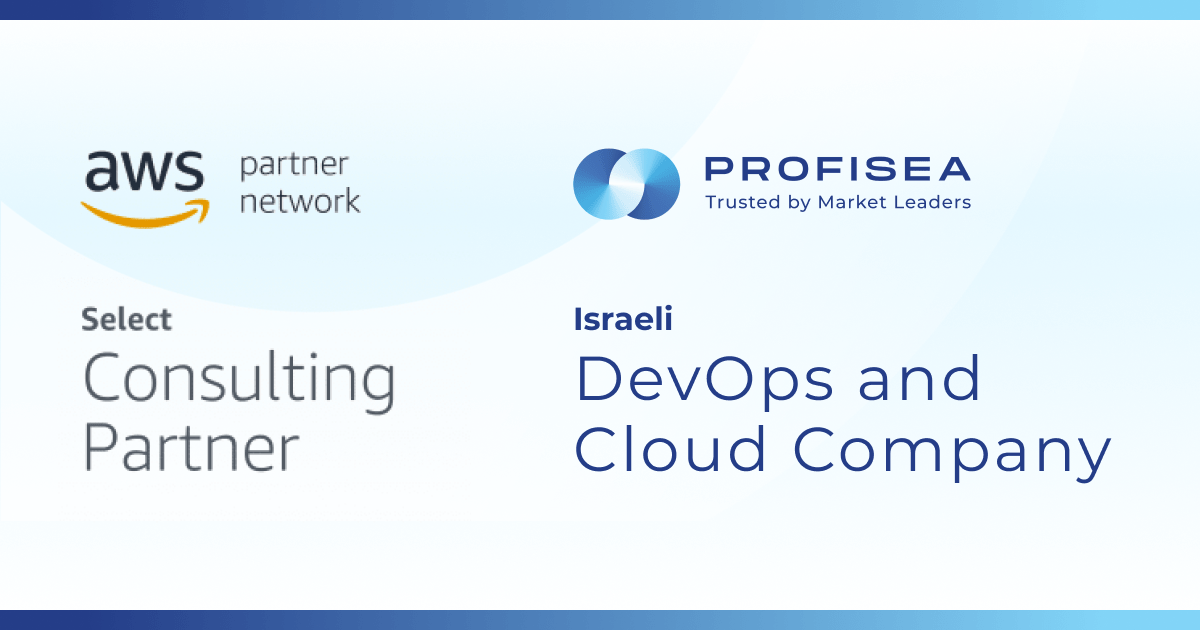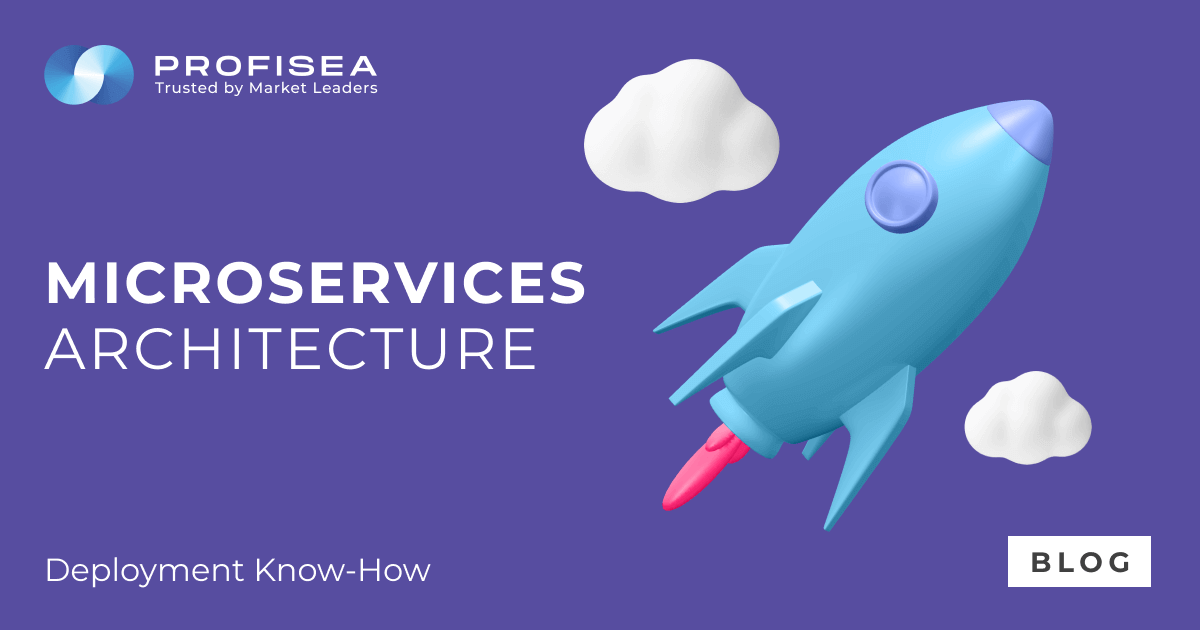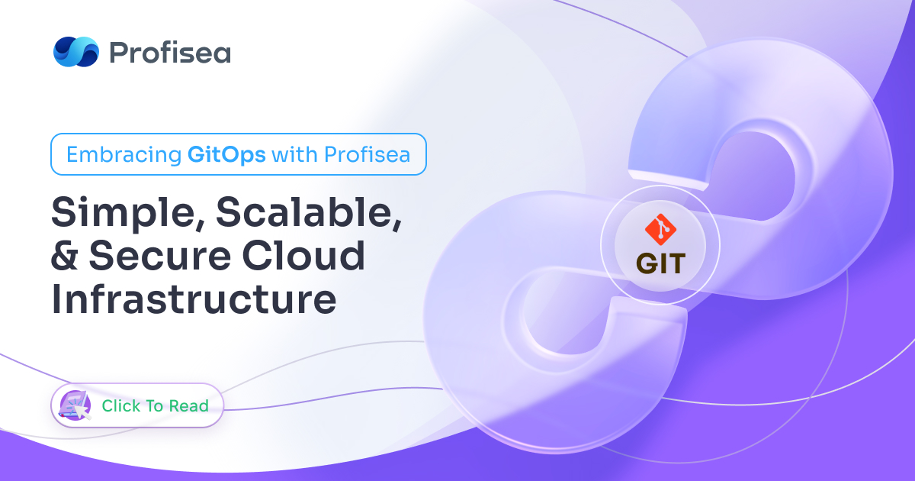Top Cloud Computing Trends for 2025: What’s Next?
The future of business is faster, smarter, and more sustainable—and it’s all powered by the cloud. By 2025, cloud computing is not just evolving; it’s completely transforming how businesses operate. From data management to customer experiences, the cloud is a key driver of innovation.
Curious about what’s coming? Whether you’re deep into tech or just exploring its possibilities, here’s a straightforward look at the Top Cloud Computing Trends for 2025 — and how they can help your business thrive.
AI Takes Charge: The Brain of Cloud Operations
The Shift: AI is moving beyond being a tool; it’s becoming the backbone of cloud management. In 2025, AI will handle dynamic scaling, automate security, and even predict system failures before they occur. It’s all about proactive, seamless integration into business processes.
How It Works: AI algorithms analyze massive datasets to optimize resources, improve uptime, and detect anomalies early. With tools like predictive analytics and autonomous threat detection, cloud operations are reaching new levels of efficiency.
+ Benefits: Reduced costs, better performance, and smarter threat management.
– Challenges: High implementation costs, dependency on proprietary algorithms, and the need for skilled AI teams.
Pro Tip: Start small by integrating AI-driven cost optimization tools like Uniskai. AWS AI Services and Google AI can also help simplify cloud resource management.
Edge Computing Meets Cloud: The New Dynamic Duo
The Shift: Edge computing is revolutionizing data processing, bringing it closer to the source. Combined with cloud infrastructure, it supports low-latency applications like autonomous vehicles, IoT, and AR/VR.
How It Works: Edge devices preprocess data locally to reduce latency and bandwidth use. The cloud handles analytics and long-term storage, creating a seamless partnership.
+ Benefits: Real-time processing, enhanced scalability, and improved user experiences.
– Challenges: Managing security and hardware diversity in distributed systems.
Pro Tip: Platforms like Kubernetes and AWS IoT Greengrass make edge integration easier.
Platform Engineering: The Backbone of Cloud Innovation
The Shift: As businesses demand faster workflows, platform engineering is stepping up. It provides standardized environments and tools, making collaboration between development and operations teams smoother.
How It Works: By simplifying infrastructure complexity, platform engineering enables developers to deploy, test, and monitor applications more efficiently. Think of it as DevOps, but more scalable and resilient.
+ Benefits: Faster deployments, higher reliability, and better team productivity.
– Challenges: High upfront investment and the need for skilled teams.
Pro Tip: Dive into Profisea’s platform engineering solutions. Explore tools like Azure DevOps and Kubernetes for practical implementations.
The Rise of Supercloud: Simplifying Hybrid Environments
The Shift: Superclouds are becoming essential for managing hybrid and multi-cloud strategies. They offer a centralized management layer for seamless governance and control.
How It Works: By simplifying the complexities of multi-cloud infrastructures, superclouds make innovation more accessible while reducing vendor lock-in.
+ Benefits: Greater flexibility, centralized governance, and efficient resource use.
– Challenges: Integration with legacy systems and navigating vendor-specific features.
Pro Tip: Try platforms like Google Anthos and VMware Cloud Foundation. For hybrid strategies, explore AWS and Azure Hybrid Cloud.
Quantum Computing Goes Cloud-Native
The Shift: Quantum computing is going mainstream with cloud-based platforms, unlocking breakthroughs in logistics, cybersecurity, and more.
How It Works: Quantum services like AWS Braket allow businesses to simulate and run quantum algorithms without needing specialized hardware.
+ Benefits: Advanced computational capabilities, cost-efficient research, and faster problem-solving.
– Challenges: Limited expertise and high development costs.
Pro Tip: Experiment with AWS Braket, IBM Quantum, or Microsoft Azure Quantum. Educate your team on quantum fundamentals to prepare for broader adoption.
Sustainability Drives Cloud Strategies
The Shift: Sustainability is now a priority for both cloud providers and enterprises. Data centers are adopting renewable energy and efficient cooling systems to minimize environmental impact.
How It Works: Providers use AI to monitor and reduce carbon footprints while optimizing energy usage with renewable sources.
+ Benefits: Reduced environmental impact, improved brand image, and long-term cost savings.
– Challenges: Transition costs and regulatory hurdles.
Pro Tip: Pro Tip: Partner with providers like Google Cloud Sustainability and AWS Green Initiatives. Use carbon calculators to track and reduce your footprint.
What’s Next? Profisea’s Take on the Future
At Profisea, your AWS Premier Partner, we help companies stay ahead with innovative solutions. From Kubernetes support to FinOps optimization, our services include cloud migration, platform engineering, and enhanced security measures.
Ready to build a smarter cloud strategy? Visit Profisea to explore how we can help you thrive in the future of cloud computing. Let’s innovate together!




